S&P 500 forecast for the week of July 28, 2014, Technical Analysis
The S&P 500 went back and forth during the course of the week as you can see, really not settling much. The neutral candle tells us that we are still running in the significant resistance at the 2000 handle, which we see as a gateway to going much higher. That being the case, we are more than willing to buy this market on a break out above the 2000 level, or pullbacks all the way to the 1900 level. That being the case, we are essentially “buy only” at this point in time.


 LinkBack URL
LinkBack URL About LinkBacks
About LinkBacks

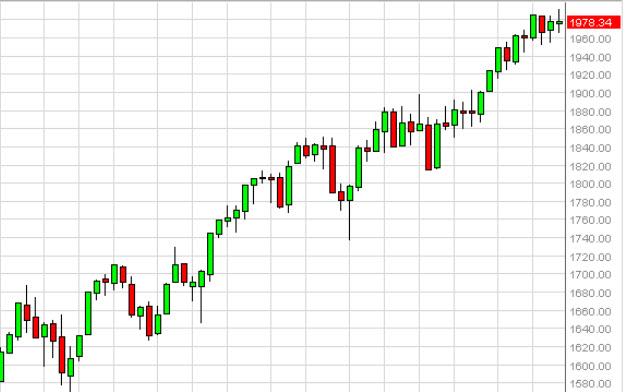





 Reply With Quote
Reply With Quote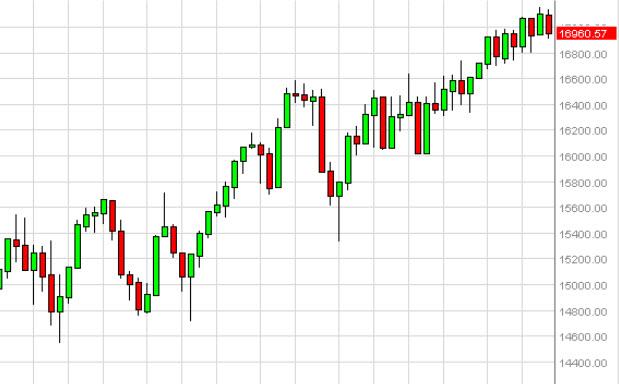
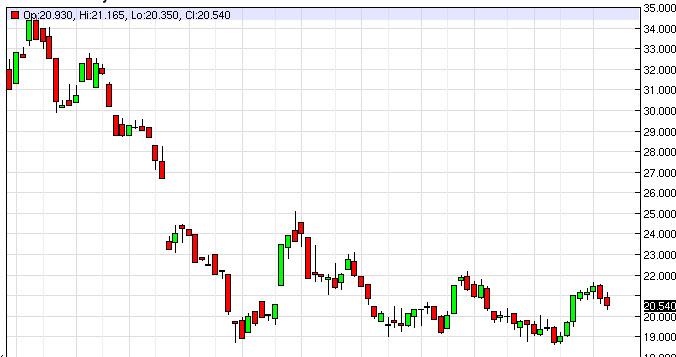
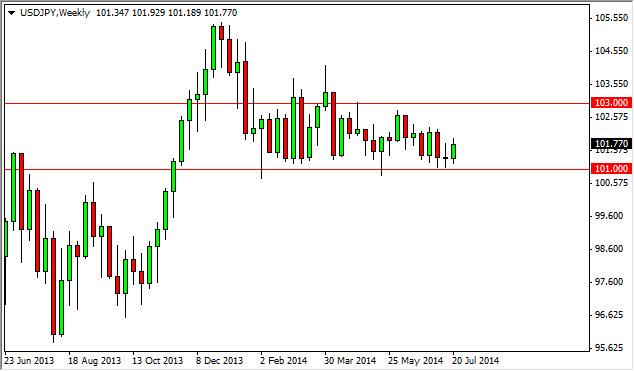
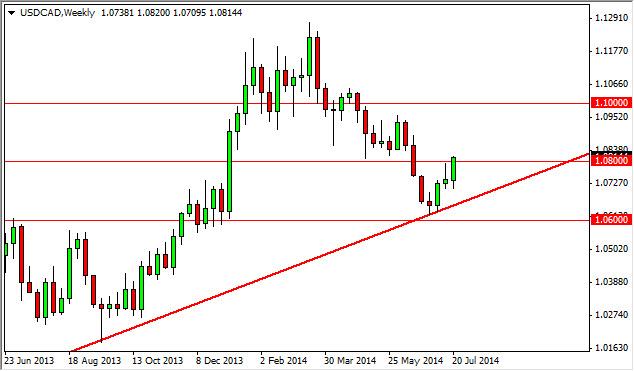
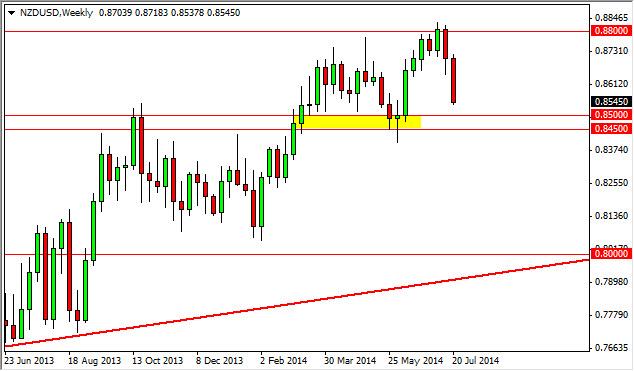
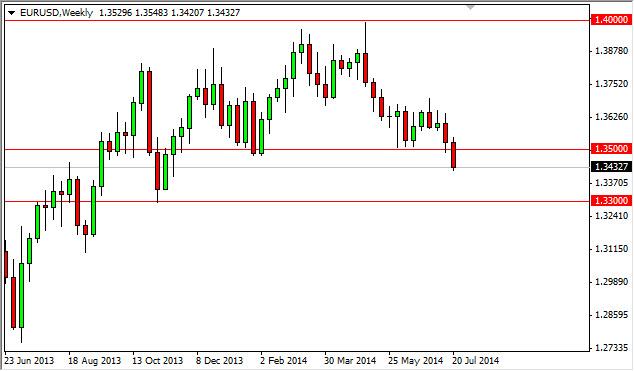

Bookmarks